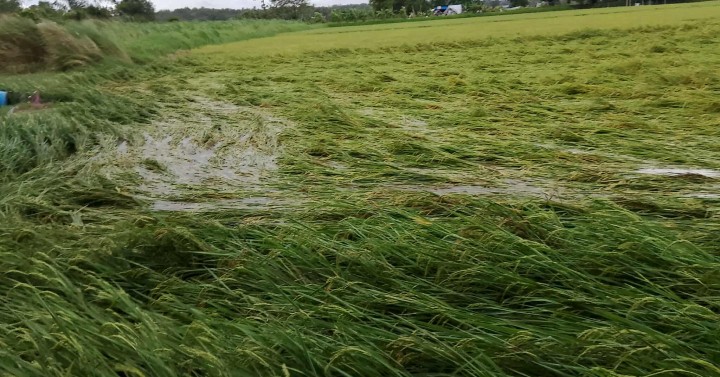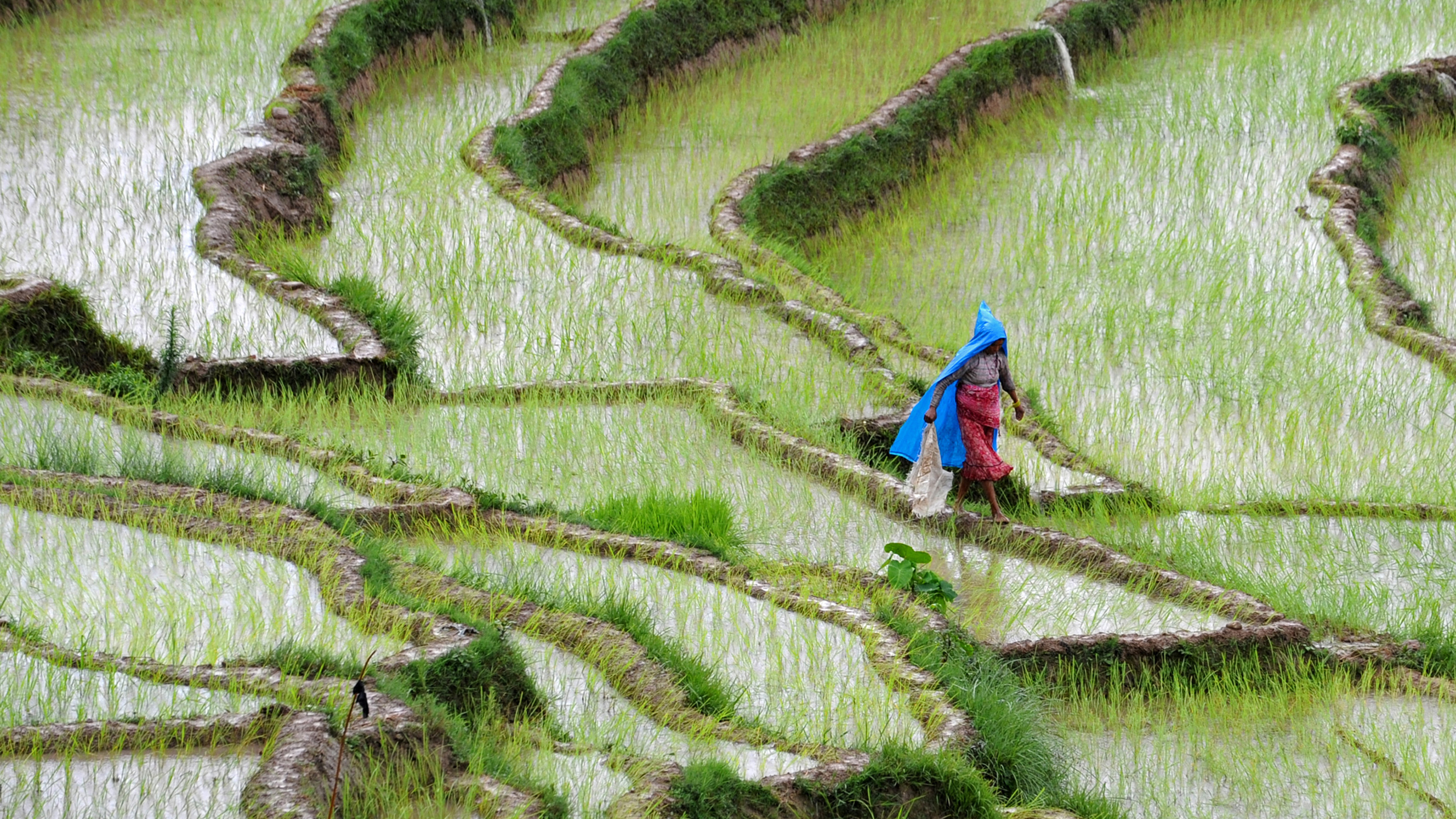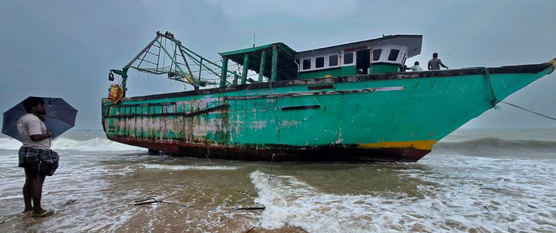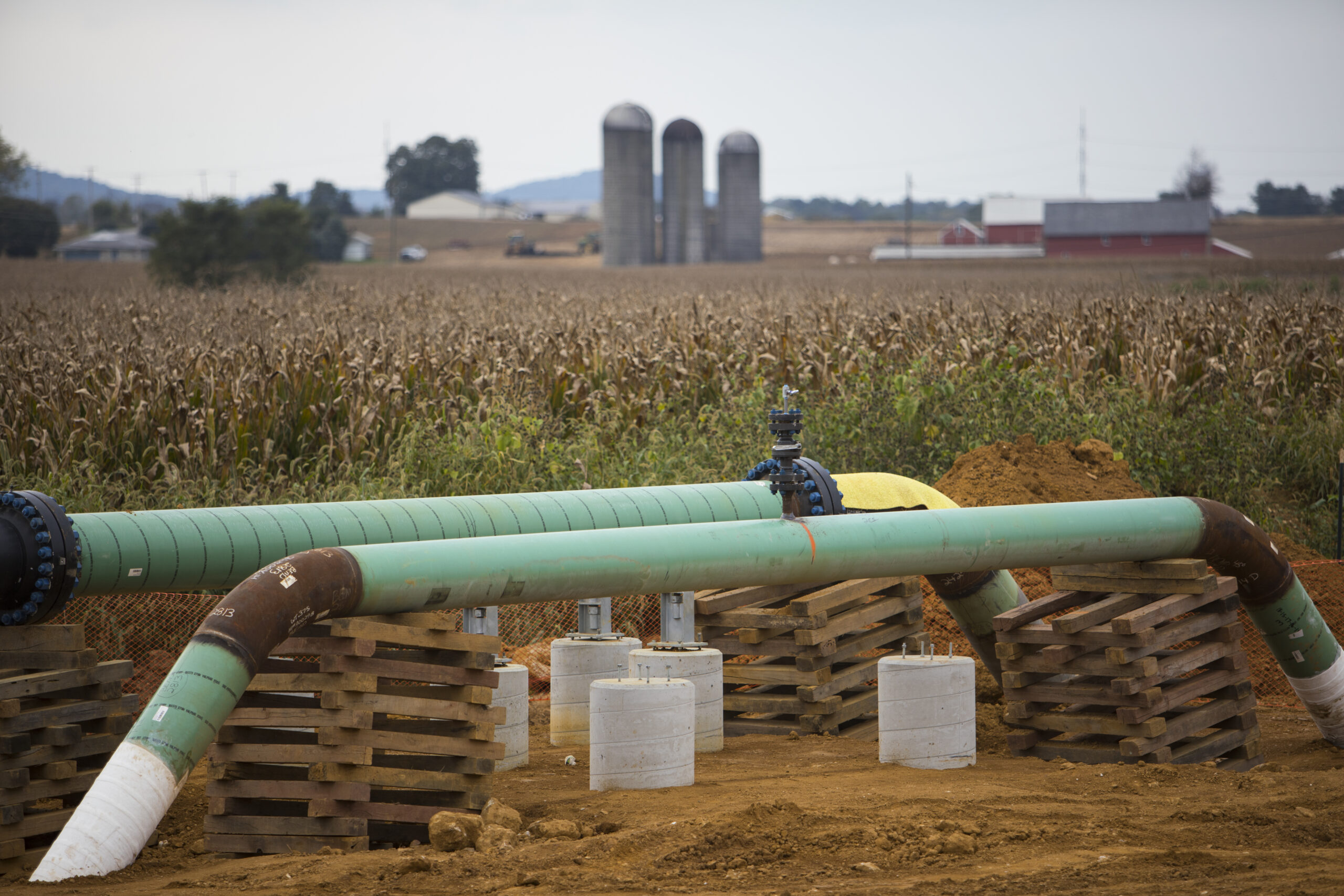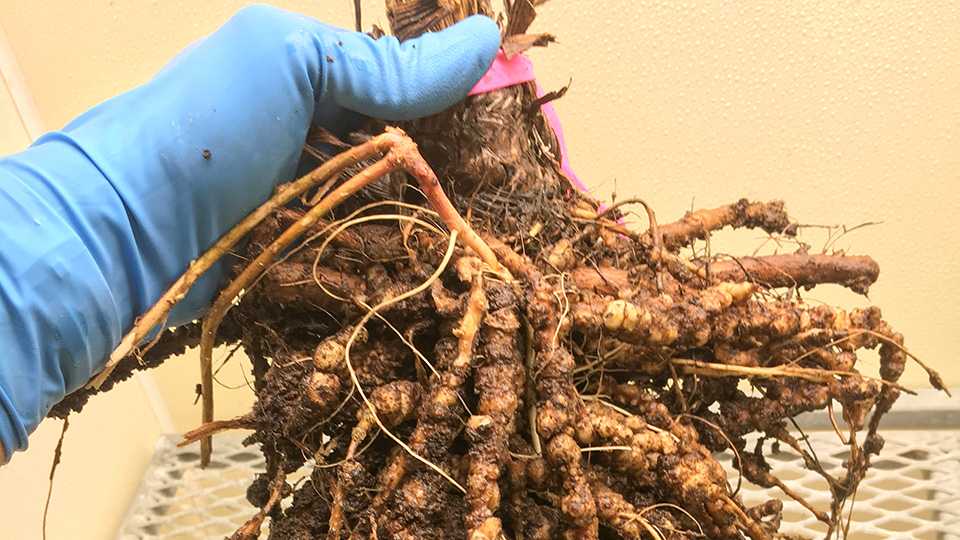Santam has started onboarding farmers under its newly approved parametric insurance licence – the first and only licence of its kind issued in South Africa thus far.
The insurer is finalising policies for the initial roll-out phase, following regulatory approval to offer Weather Index Insurance in the agricultural sector.
Elias Sekoboane, the business development co-ordinator for agriculture distribution at Santam, said the initiative could mark a turning point for smallholder and emerging farmers.
“We are hopeful that it will eventually lead to a viable solution for the sector and in particular smallholder and new-era farmers,” he said.
South Africa’s agricultural landscape includes more than two million smallholder farms, which play a vital role in sustaining food security and supporting rural economies. In many communities, these farms are not only sources of food and income but also family homes and legacies. Many are women-led because men often leave rural areas to seek employment elsewhere.
Sekoboane said that despite their importance, smallholder farmers remain highly vulnerable to climate shocks and financial instability.
“The country’s smallholder farmers are facing mounting threats from drought, floods, pest outbreaks, and theft, with limited protection against the financial shocks that follow these disasters,” he said.
He added that for many smallholder farmers, a single bad season can erase years of work.
“While roughly 65% of smallholder farmers are just managing to survive, about 25% are unsustainable. There are, however, approximately 10% who have the potential to compete with the best farmers in the region. The important consideration is whether they can be consistently competitive over several years.”
Access to insurance is therefore critical, Sekoboane said, because “without tailored insurance, consistent support and risk-mitigation tools, a single event can strip families of both shelter and income. This is why the agricultural industry, insurers, and broader stakeholders must continue developing solutions that safeguard these farmers and strengthen the resilience of South Africa’s rural economy.”
Need for innovative solutions
According to ISF Advisors, less than 20% of smallholder farmers globally have agricultural insurance coverage, and this figure drops to below 3% in sub-Saharan Africa.
Sekoboane said traditional insurance models have proved difficult to sustain for small-scale farmers. Premiums from these farmers often fall below R5 000, which cannot cover the administrative and loss adjustment costs required to make traditional products viable.
“To increase accessibility, Santam explored aggregating multiple farmers under a single policy, aiming to achieve economies of scale and make the offering commercially viable. Another strategy involved writing policies for farmers located near clusters of existing insured clients, based on the assumption that, in the event of hail damage, assessment costs could be shared,” he said.
However, Sekoboane noted that these efforts did not deliver the desired outcomes, reinforcing the need for more innovative solutions.
He said parametric, or weather index insurance, addresses many of these challenges by using measurable weather data as a trigger for payouts.
“Weather index insurance offers an ultimate solution because the model sets predefined weather and climate triggers customised by region. For example, rainfall can be used as a proxy indicator for drought in index-based insurance products. A predefined threshold is set, and if rainfall falls below this level, payouts are triggered to compensate for drought conditions.”
The World Bank has played a key role in developing such programmes in Africa through funding initiatives and pilot projects. Sekoboane said it has been encouraging to see more countries adopt parametric models to reach farmers excluded from traditional insurance.
“In other parts of the world, including some African countries, where parametric solutions have successfully been implemented, governments and various other donors subsidise (full premium or partially) these insurance programmes by paying farmers’ premiums to help improve food security,” he said.
Sekoboane believes that South Africa can learn from these examples.
“Regardless of their size and location, South Africans must recognise the integral role smallholder farmers play in the country’s food security. Their sustainability will be driven by amongst other things, tailored insurance solutions. We should learn from our African counterparts, adopt more weather index insurance programmes, and, above all, drive sustainability of smallholder contexts.”
Source - https://www.moonstone.co.za







